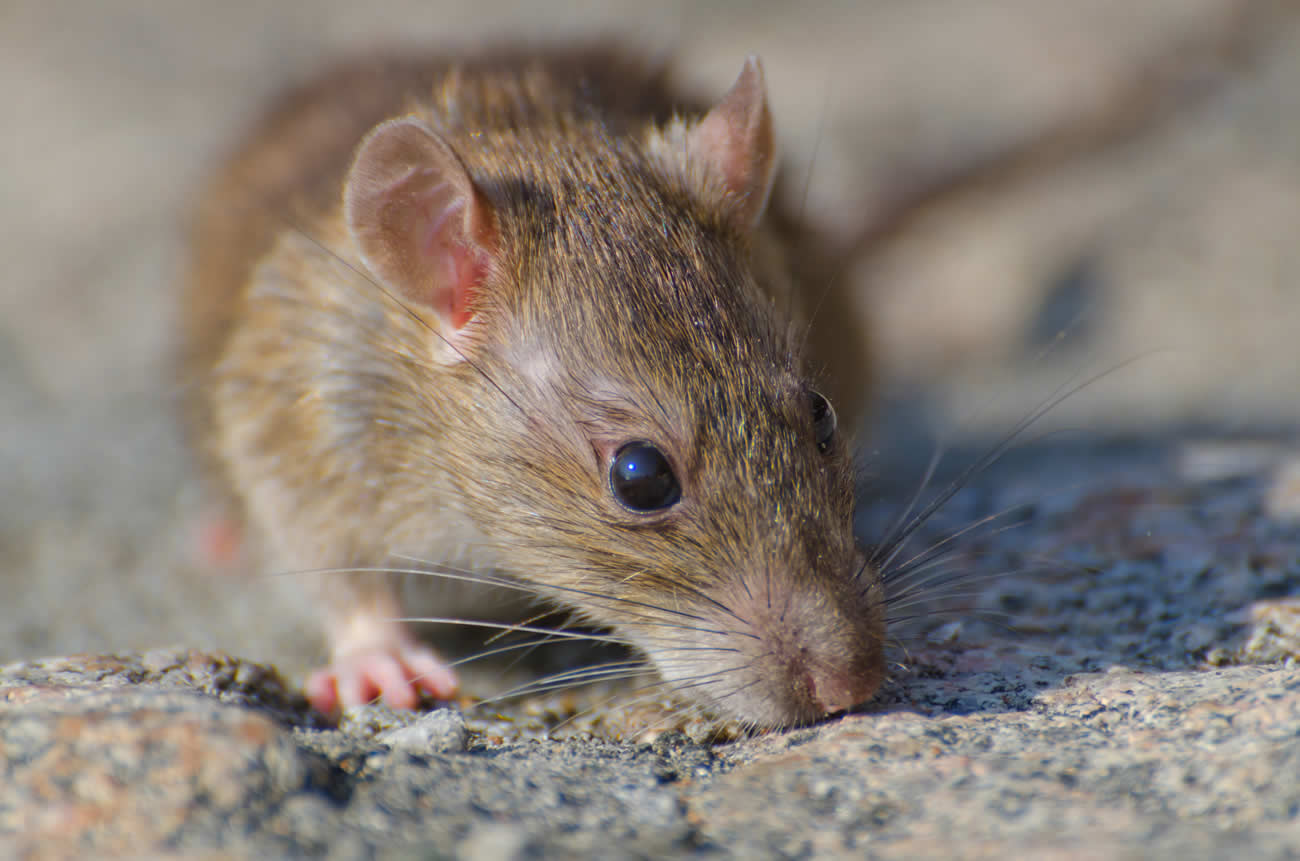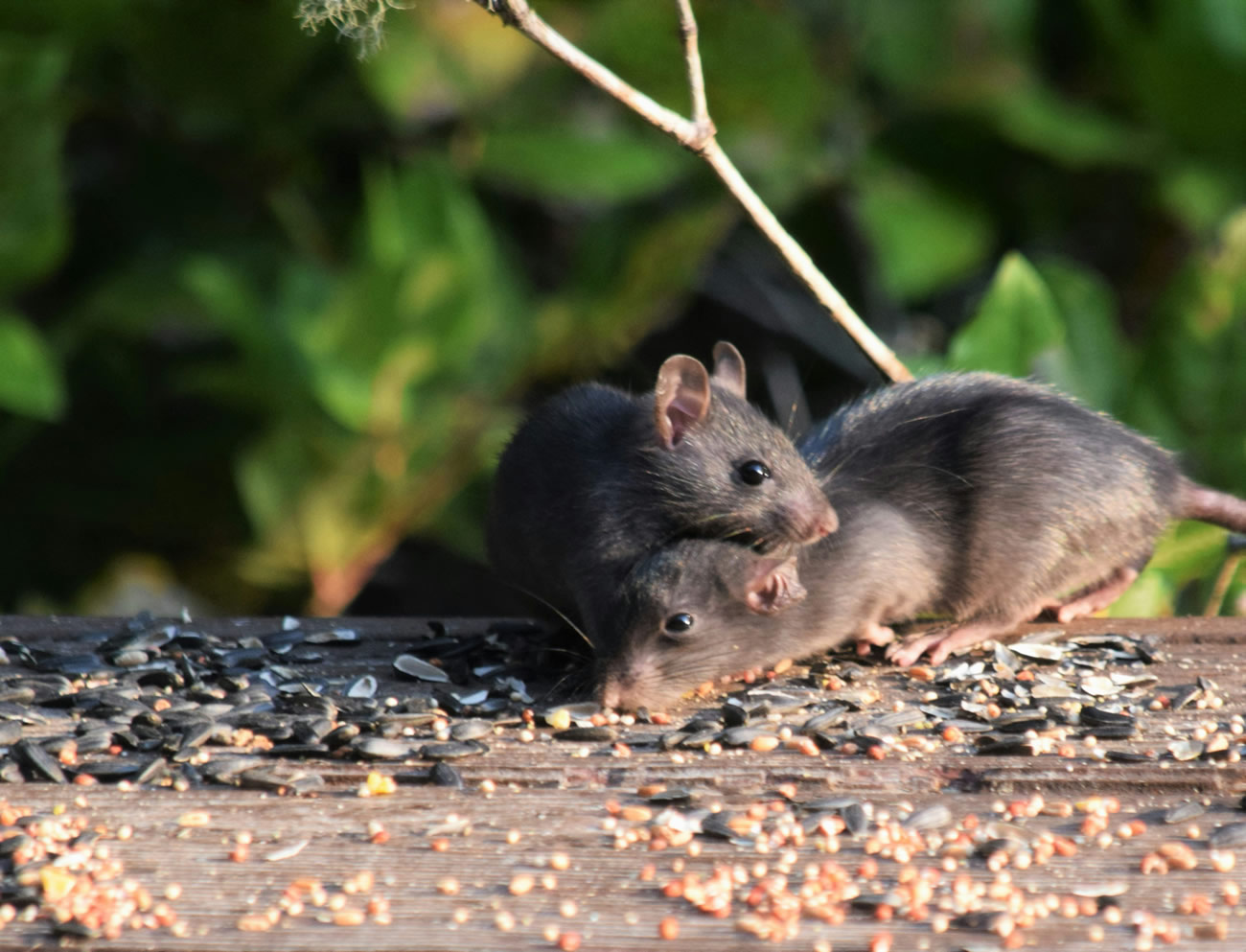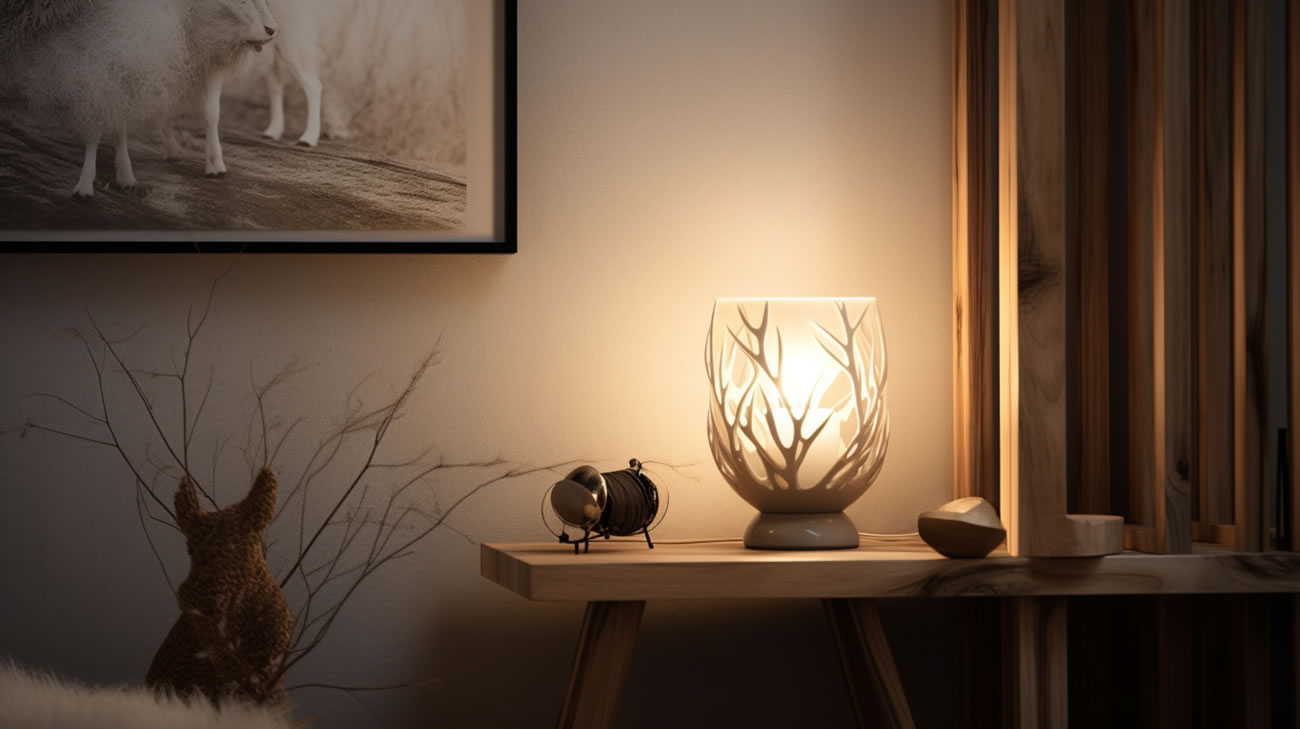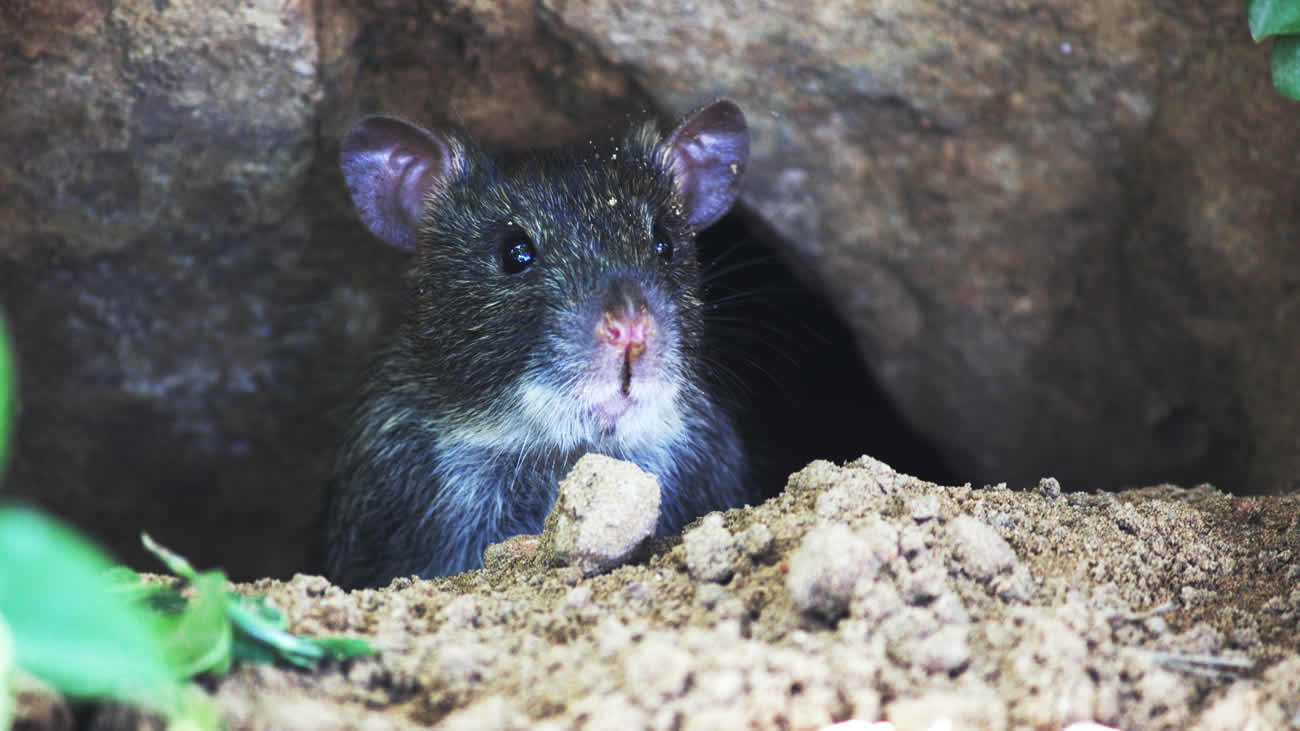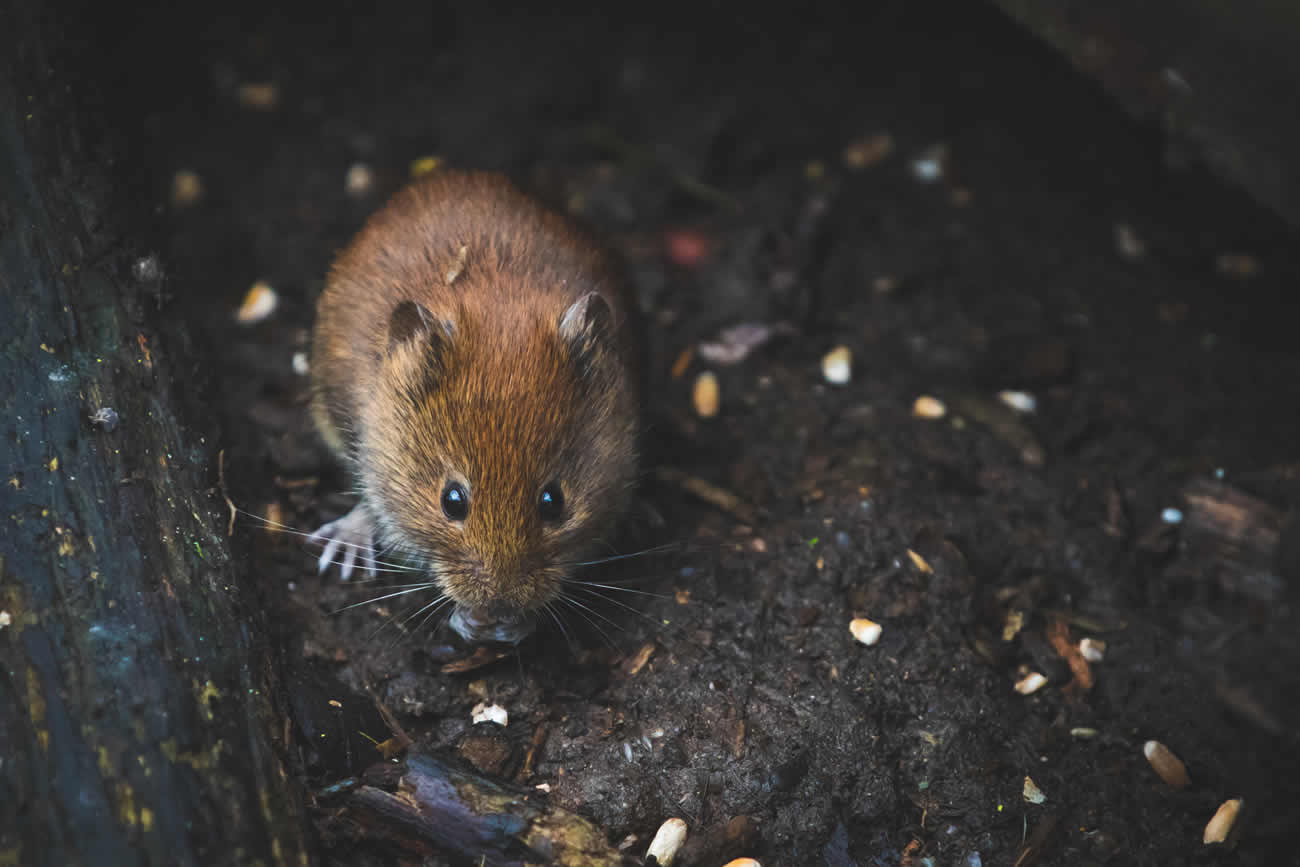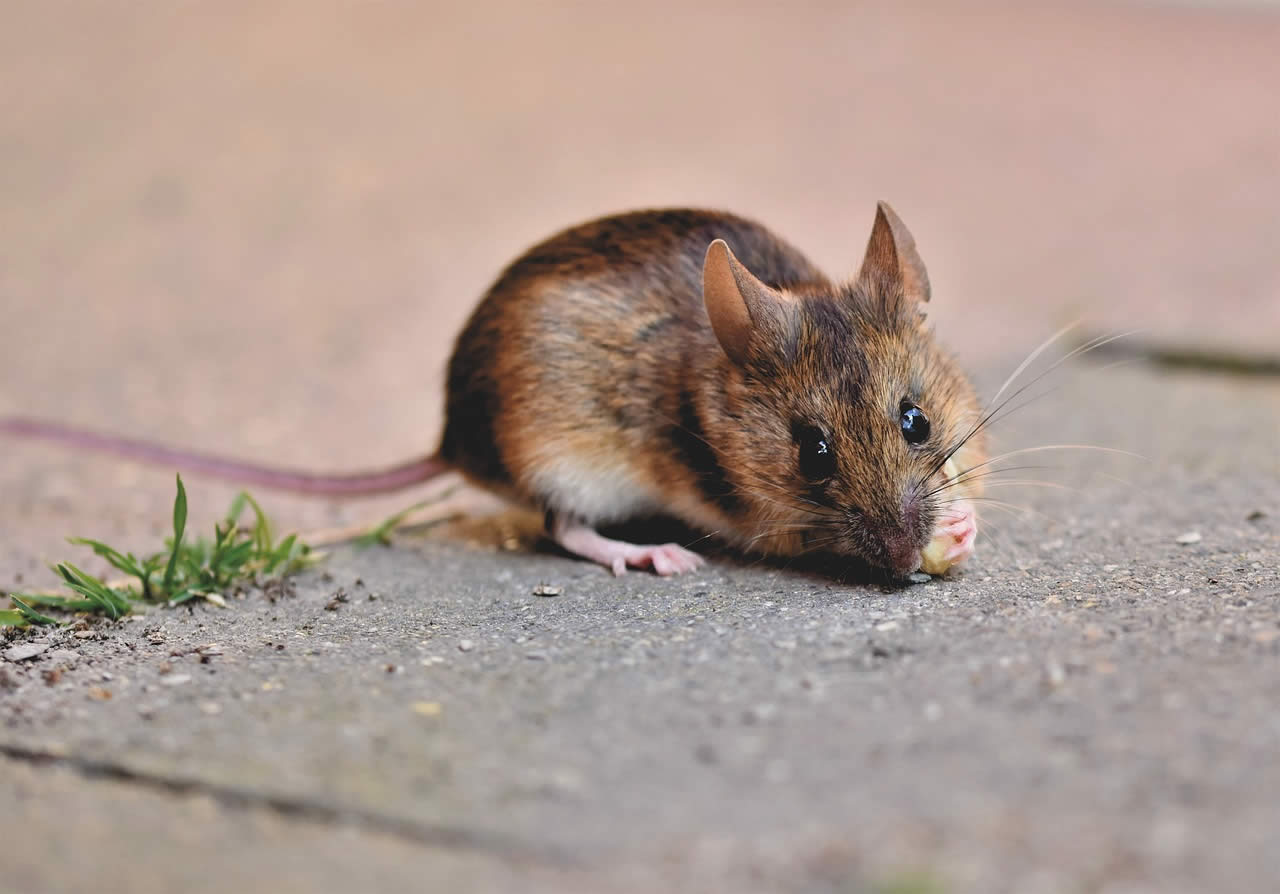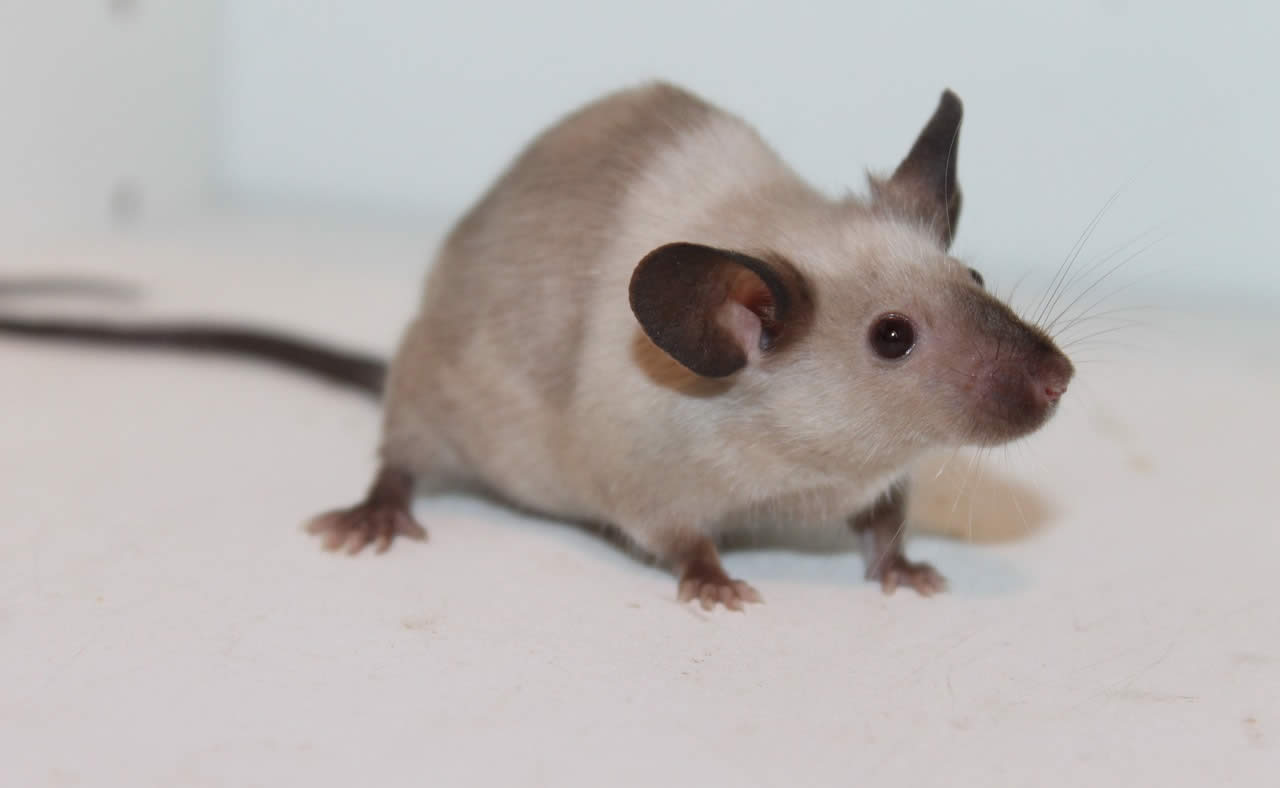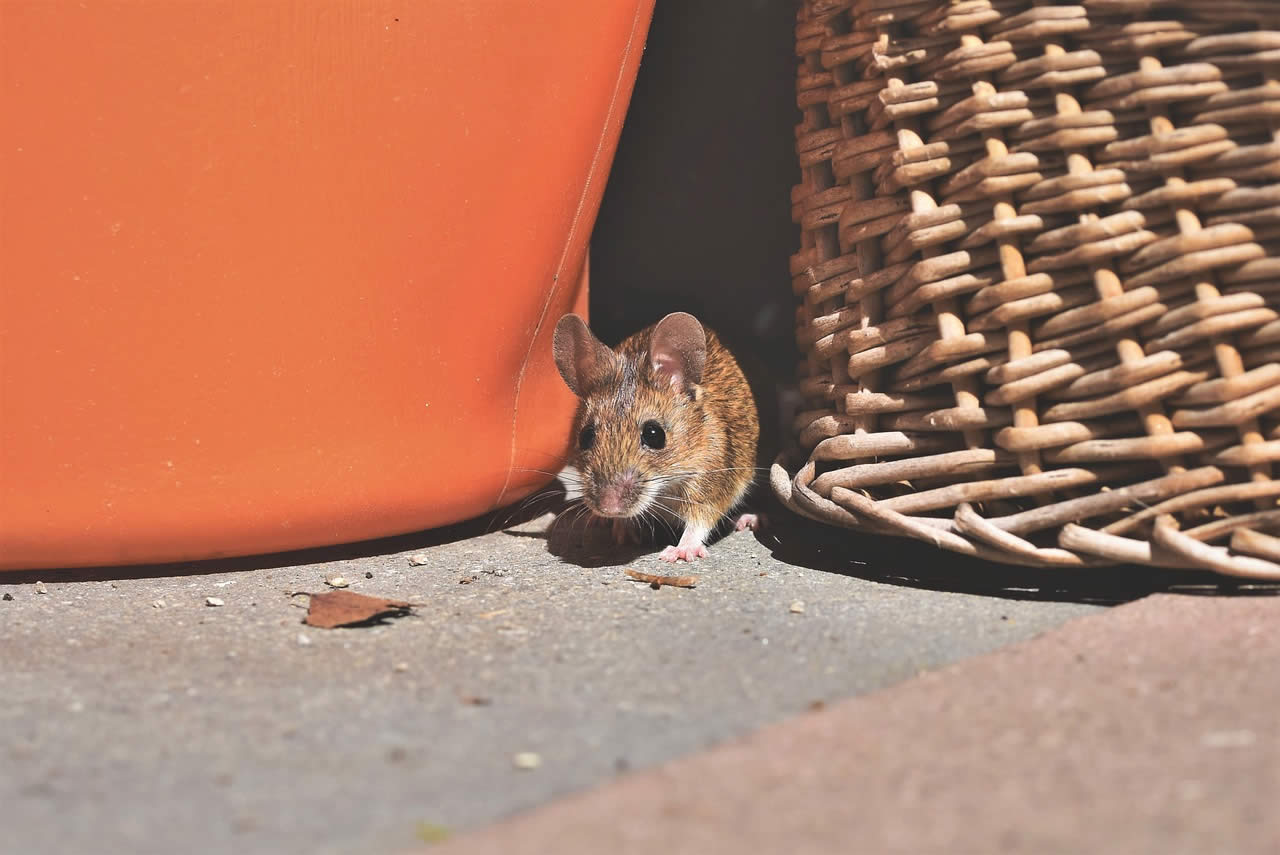How long can mice live under floorboards? Mice can be a troublesome pest in any home. They are known for being sneaky and can enter homes through small crevices and holes. Additionally, they are known for causing damage to homes as they chew through wires, insulation and other materials. One of the most perplexing questions that homeowners have is how long mice can live under floorboards. We will explore this question in more detail and provide you with all the information you need as a homeowner.
Table of Contents
ToggleHow Long Can Mice Live Under Floorboards?
Mice are incredibly adaptable creatures, and they can easily thrive in a variety of environments. Therefore, it can be challenging to determine how long they can live under floorboards. Without any food or water, mice can survive for up to seven days. However, if there is a continuous supply of food, such as crumbs or pet food, mice can survive for several weeks or even months. Additionally, mice are known for hiding in small spaces, so it can be challenging to detect them when they are living under floorboards.
The lifespan of a mouse also plays a significant role in how long they can live under floorboards. Typically, mice live for around one to two years. However, if they have access to food and water, they can live for much longer. Additionally, female mice are capable of producing up to 10 litters per year, and each litter can contain up to 12 mice. This exponential growth can make it challenging to control a mouse infestation.
Detecting mice living under floorboards is not easy. However, some signs can indicate their presence, such as scratching sounds, urine, and droppings on the floor, and chewed wires or insulation. To get rid of a mouse infestation, homeowners must identify the source of the problem and eliminate it. This can be achieved through humane traps, poison, or professional extermination services.
Prevention is better than cure, and homeowners should take adequate measures to prevent the entry of mice into their homes. This includes sealing any holes or cracks in the walls, regularly cleaning up crumbs and food debris, and storing pet food in airtight containers. Additionally, homeowners should maintain their home’s cleanliness and hygiene to discourage mice from entering.
Listen for Noise that a Mouse Makes
Mouse noises are often one of the earliest indicators of a potential mouse infestation. Within walls or beneath floorboards, the distinctive sounds of scratching and clawing against wooden surfaces and plasterboard are noticeable. These rustling noises are subtle and might go unnoticed while engaging in activities such as watching television or conversing with others. However, they become more apparent during moments of quiet within the home.
Mice are naturally drawn to these hidden spaces as they provide a dark and secure environment with easy access to neighbouring properties. Being nocturnal creatures, mice are typically more active during the night, which increases the likelihood of hearing such noises after dark. This is particularly common in homes with slanted ceilings or boxed-in pipework located near sleeping areas, making the sounds harder to ignore.
Identifying Signs of Mice in Your Home
One of the most definitive indicators of a mouse infestation is the presence of droppings. These are often one of the first signs homeowners notice, as mice tend to leave droppings scattered throughout areas they frequent. Typically found near food sources, these droppings may appear on kitchen counters, inside cupboards, or along the skirting boards where mice gain access to walls and hidden spaces.
Mouse droppings are small, approximately the size of a grain of rice (3 to 6mm in length), dark brown or black in colour, and can be easily distinguishable from other pests’ waste. Mice can produce up to 80 droppings in a single night, leaving their presence unmistakable if they are active within your property.
For those checking for evidence, focus on key areas such as beneath the kitchen sink, behind appliances like washing machines, or in pantry areas where food is stored. These are prime locations where tell-tale signs of mice are often found. Addressing these signs promptly and seeking professional help ensures the protection of your home and peace of mind.
How To Prevent Mice Under The Floorboards?
Keeping those pesky mice out from under your floorboards requires a multi-pronged approach that tackles both entry points and their attractive qualities. Here are some key steps you can take:
Seal Up Entry Points:
- Inspect: Thoroughly examine the perimeter of your home, focusing on walls, pipes, vents, and gaps around doors and windows. Look for holes or cracks as small as a dime, as that’s all a mouse needs to squeeze through.
- Seal it up: Use caulk, steel wool, or mesh to plug any potential entry points. Consider reinforcing vulnerable areas like airbricks with gnaw-proof materials.
- Don’t forget the inside: Check for gaps around pipes, wires, and behind appliances. Seal them similarly to exterior points.
Make Your Home Unwelcoming:
- Food Storage: Store food in airtight containers, and clean up spills and crumbs promptly. Don’t leave pet food accessible overnight.
- Garbage Disposal: Use bins with secure lids and keep them outside or in a garage. Take out trash regularly.
- Minimize Clutter: Remove debris and piles near your home that could provide nesting material or hiding spots.
- Moisture Control: Fix leaky pipes and faucets to eliminate sources of moisture that attract mice.
- Natural Repellents: Use peppermint oil, cayenne pepper, or other natural repellents in potential entry points and nesting areas. Be cautious around pets and children.
Additional Measures:
- Set humane traps: If you suspect an infestation, consider using humane traps to capture and release the mice outside.
- Consider professional help: If the problem persists or seems overwhelming, consult a licensed pest control professional for targeted solutions.
Remember:
- Persistence is key: Mice are clever and persistent, so consistently implementing these measures is crucial for success.
- Combination approach: Combining different strategies creates a more effective barrier against rodents.
- Safety first: When using chemicals or traps, prioritise the safety of your family and pets.
Conclusion
Mice can live under floorboards for several weeks or months if they have a continuous supply of food and water. Detecting them can be challenging, but signs of their presence include scratching sounds, urine and droppings on the floor, and chewed wires or insulation. To prevent a mouse infestation, homeowners should take proper precautions such as sealing holes and cracks and maintaining cleanliness and hygiene in their homes. If you suspect a mouse infestation, it is advisable to seek professional help to eliminate the problem.
Facts
The lifespan of a mouse under floorboards depends on several factors, making it difficult to give a precise answer. However, here’s a breakdown of some key aspects influencing their lifespans:
Ideal Conditions:
- Food and Water: Access to consistent food and water sources like crumbs, spills, or condensation can significantly extend their lifespans, potentially reaching 2 years or even longer in perfect conditions.
- Shelter: Secure, warm, and dry underfloor spaces offer protection from predators and weather extremes, further boosting their survival chances.
- Minimal Competition: Absence of other mice competing for resources or introducing diseases allows them to thrive.
Challenges and Threats:
- Predators: House cats, snakes, birds, and even larger spiders can prey on mice under floorboards, significantly shortening their lives.
- Diseases and Parasites: Crowded spaces under floorboards can facilitate the spread of diseases and parasites like mites, fleas, and worms, compromising their health and lifespan.
- Poisons and Traps: If humans try to control infestations, mice might encounter rodenticides or traps, leading to quick death.
- Exposure and Accidents: Drafts, cold temperatures, or injuries from falling objects can shorten their lifespan.
Overall Range:
Considering both favourable and unfavourable factors, the lifespan of mice under floorboards can range anywhere from a few months to a couple of years, with the average likely falling somewhere between 6 months and 1 year.
Additional Points:
- The species of mouse also plays a role, with house mice generally living shorter lives than field mice due to their smaller size and higher vulnerability.
- Access to veterinary care, like in situations where humans care for pet mice living under floorboards, can significantly extend their lifespan.
Remember, under floorboards offer mice a relatively protected environment compared to the outdoors, but it’s still far from ideal. Their survival primarily depends on the specific conditions and challenges they encounter.
FAQs
How Do Mice Typically Enter Homes and What Damage Can They Cause?
Mice can sneak into homes through tiny crevices, gaps under doors, or holes as small as a pencil’s width. Once inside, they wreak havoc by chewing through wires, damaging insulation, and gnawing on a range of household materials, potentially creating fire hazards or causing structural issues.
What Are Some Signs That Indicate Mice Are Living Under Floorboards?
Key signs of a mouse infestation under floorboards include:
- Scratching or rustling sounds, particularly at night.
- Droppings or urine stains on or near the floorboards.
- Chewed wires, insulation, or even plastic materials.
How Long Can Mice Survive Without Food or Water?
When deprived of both food and water, mice can survive for up to seven days. However, they rarely face such conditions thanks to their foraging skills.
What Factors Help Mice Survive for Extended Periods Under Floorboards?
Mice thrive under floorboards when they have:
- Access to crumbs, stored food, or pet food.
- Safe shelter from predators and harsh weather.
- A lack of competition from other mice.
How Can Homeowners Locate Where Mice Are Living Under Floorboards?
To pinpoint where mice are living, inspect for:
- Scratch marks or noises under floorboards.
- Evidence of droppings or urine stains.
- Chewed materials like insulation or plastic located in or around the suspected area.
What Humane Methods Can Be Used to Eliminate Mice?
To deal with mice humanely, homeowners can:
- Use non-lethal traps that allow mice to be relocated.
- Seal entry points to prevent re-entry.
- Remove accessible food sources.
- Contact pest control professionals for humane removal techniques.
Why Is Prevention More Effective Than Eliminating an Infestation?
Prevention is crucial because mice breed quickly, leading to rapid infestations. It’s far simpler and more cost-effective to block their entry than to deal with an entrenched population.
What Steps Can Homeowners Take to Mouse-Proof Their Homes?
To mouse-proof a home, homeowners should:
- Seal cracks, crevices, and gaps using caulk, steel wool, or expanding foam.
- Keep all food and pet supplies in airtight, chew-proof containers.
- Regularly clean up food crumbs and spills.
- Remove clutter and maintain cleanliness around the house.
How Rapidly Can Mice Reproduce Under Ideal Conditions?
Female mice can have up to 10 litters per year, with as many as 12 pups in each litter. Under ideal circumstances, a single pair of mice can lead to dozens of new mice in just a few months.
What Threats Can Shorten the Lifespan of Mice Living Under Floorboards?
Several factors can reduce mouse lifespans, including:
- Natural predators like cats, snakes, and birds.
- Parasites such as mites, fleas, and worms.
- Diseases acquired from their environment or other rodents.
- Cold temperatures or injuries caused by falls.
- Traps, poisons (rodenticides), or human intervention.
Tackling mouse prevention and infestations proactively ensures a safer, cleaner environment and avoids the costly damage these furry intruders can bring.
Are you looking for pest control in Cheshire? Get in touch with us and a local pest removal company will be in touch.

